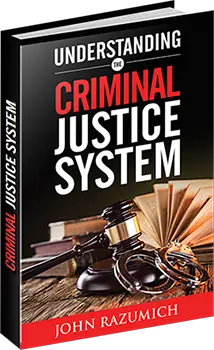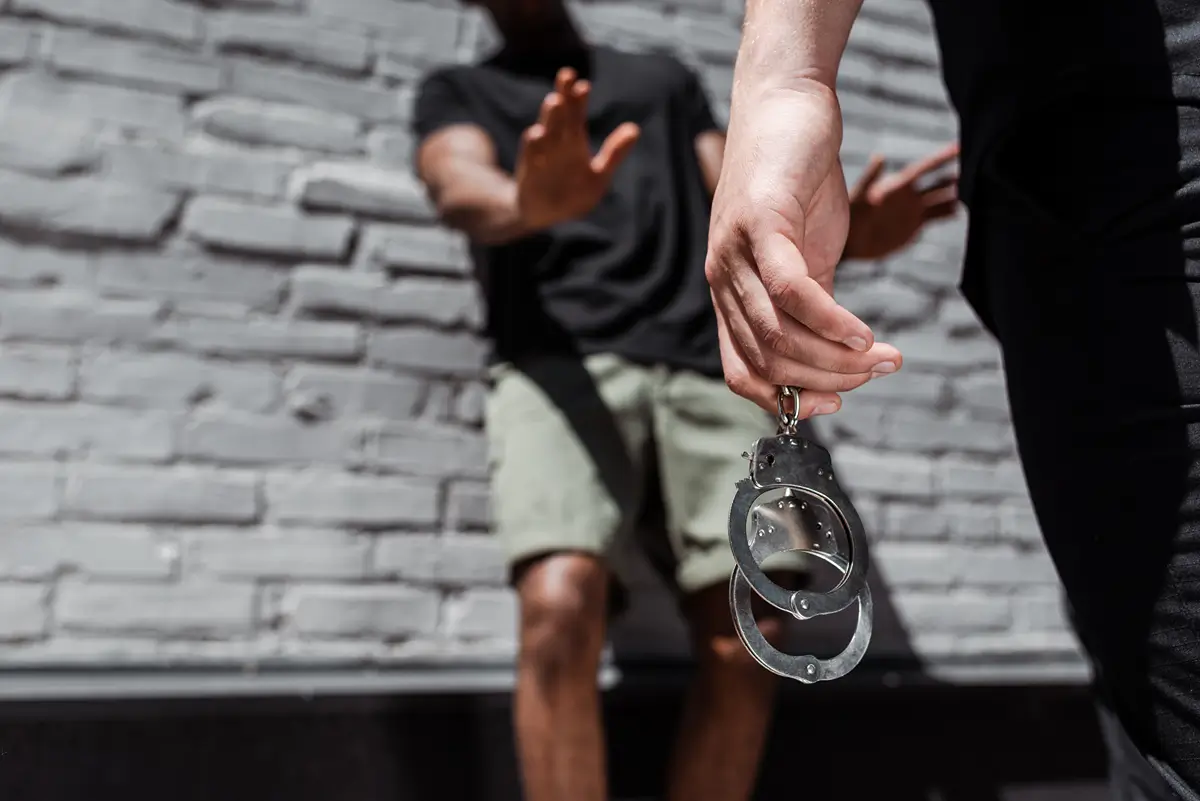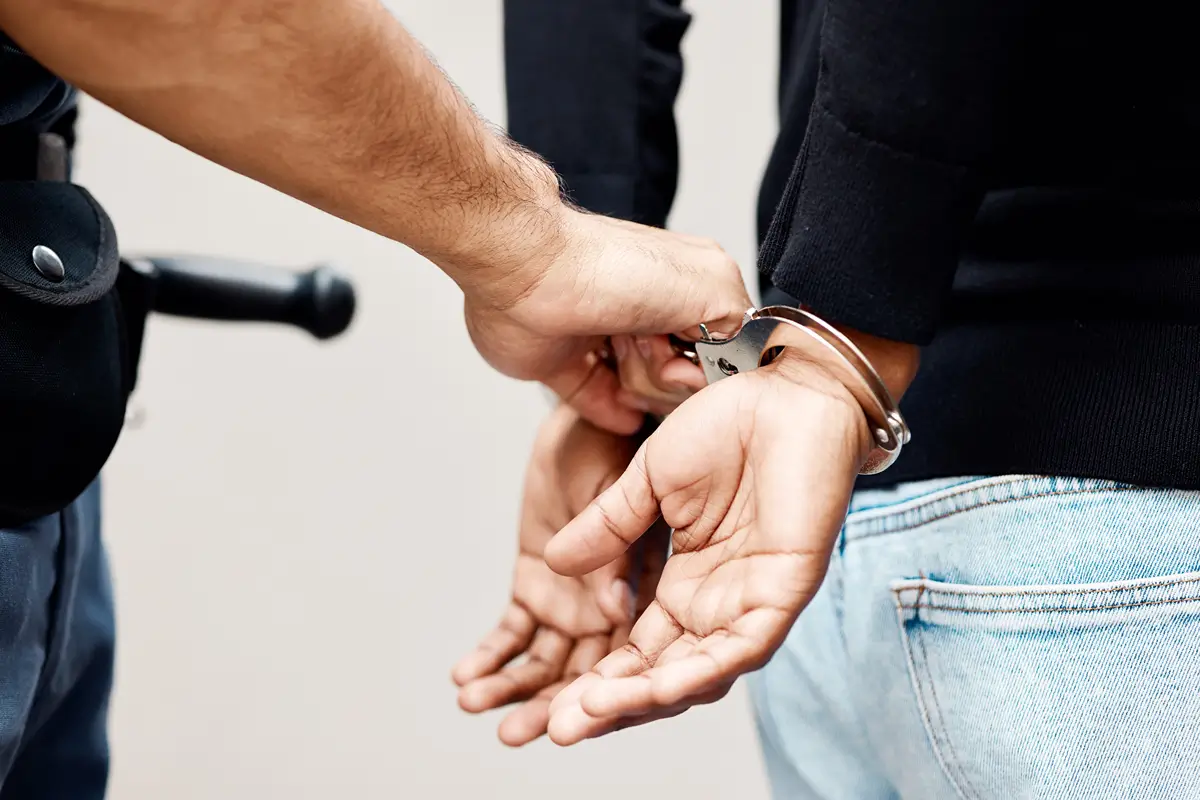In a broad sense, some refer to forfeitures as “legalized theft.” Essentially, it’s a tool that law enforcement officers can use to seize otherwise legally held property if they believe it was used in the commission of a crime or was purchased with the proceeds from the crime. The best intention of the law was that they don’t want people breaking the law and then profiting from it.
How forfeitures Have Changed Over The Years
Forfeitures have had their ups and downs over the years. Like most common law traditions and legal systems that were brought over from Great Britain, the concept of forfeiture dates back to English maritime law from the 1600’s.
For example, in the 1600’s, if a ship was importing or exporting goods out of ports in Great Britain, the law stated that you have to fly the British Standard. If you refused, the British government could seize the ship and it’s cargo, which seems excessive even today.
When the judicial framework of the US was being established, forfeitures really came into play in the Prohibition Era in the 1920’s and 30’s. If Federal Agents would bust up a bootlegging operation, they would seize the money, cars, firearms, and anything else that the bootleggers had with them. They would be considered forfeited.
Some say, Uncle Same doesn’t care what you do as long as they get their cut of it.
After Capone was caught and the Prohibition was repealed in 1933, forfeitures died down for near four decades until the war on drugs lit up the 1970’s. Much like with prohibition, the government wanted to combat the trafficking and stop the people who were selling drugs and collecting profits from it.
And that’s when you started to see forfeitures skyrocket. Beyond that, they really skyrocketed after the passage of the Comprehensive Crime Control act in 1984, which was a statute that said Federal and State Agents can work together on these forfeiture actions and can share the money that is seized.
During the timeline between 1985 and 1986, all various levels of government, state law enforcement officers, and federal law enforcement officers saw a combined $3 billion in assets during that 12-year period. And it’s only gone up from there making it extremely advantageous for them ramp up the efforts on the war on drugs.
The Case of Tyson Timbs
The Tyson Timbs case is extremely important for forfeitures because Timbs’ case incorporated the prohibition of the Eighth Amendment against excessive fines, state forfeiture actions, and the Bill of Rights.
Back in 1993, the Supreme Court decided that in the case of Austin vs. the United States, that the Eighth Amendment controls forfeiture actions at the federal level, but there is not a situation that applied forfeiture law and the Eighth Amendment protection against excessive fines until the Tyson Timbs’ case in 2019.
What happened with the Tim’s case? In 2012 Tyson Timbs, his father passed away unexpectedly and left his son as the beneficiary of his life insurance policy. Timbs received a large sum of money, took $42,000 of that money and he bought himself a brand new 2013 Land Rover.
Timbs also had a very serious drug addiction. He was one of the thousands of people in this country that struggle with drug addiction and was willing to do a lot of things for the purposes of feeding that drug habit.
The land Rover was his vehicle, and he would use it for the purposes of going to places and buying drugs. Eventually things escalated and he started selling drugs. On May 6th, 2013, he was arrested by undercover officers in Grant County, Indiana for selling $225 worth of heroin. He was charged with a Class B Felony and the State of Indiana seized his Land Rover.
In August of 2013, they filed a forfeiture action arguing that this Land Rover was inherently and intrinsically linked with the crime of dealing heroin, falling under the forfeiture statute, so they were going to seize the car from him.
Timbs ended up pleading guilty to the crime of dealing a narcotic and was sentenced to the minimum six-year term of imprisonment, five years of which was suspended. He was basically time served by the time the case played out and had five years supervised on probation.
At this point, he needed to get his car. It was his means of transportation to get to his probation appointments, to rehab, and to work. As a reminder, the Land Rover was purchased with $42,000 of his father’s life insurance money, NOT drug money. It was also NOT purchased with the intention of going and selling drugs, but it was linked to it.
That’s what the State of Indiana’s argument was. It was linked to a crime.
Tyson’s argument was that the maximum fine that could be imposed for the crime that he was convicted of is $10,000, which is that’s true for any felony in the state of Indiana. The maximum fine in the state of Indiana for any felony offenses is $10,000.
The argument became that they were seizing an asset that is tangentially linked to this crime that is worth four times the maximum fine is, and that’s unfair.
The results – the trial court agreed that it was excessive. The case made its way through the Indiana Court of Appeals to the Indiana Supreme Court all the way to the Supreme Court of the United States who agreed to hear the case.
It did not go well…for the State of Indiana. The example that Justice Brier asked the general solicitor if he thought that it was both permissive under Indiana law and reasonable under Indiana law, that a person who was pulled over for speeding, if they were driving a high-end luxury vehicle, like a Bugatti or a Ferrari or a Lamborghini, if the statute allowed for the state of Indiana to seize his car as a result of that speeding violation.
The Indiana solicitor general said yes, your honor, that is absolutely 100% appropriate under Indiana statute. Supreme court ended up unanimously ruling that the excessive fines clause of the Eighth Amendment does apply through to the state just like it wouldn’t the federal level.
Since Indiana now had a new framework that was given to them by the Supreme court of the United States, they came up with a two-part test to determine whether or not the forfeiture represented an excessive fine or a penalty. The first part they looked at was, is the item the actual means by which a crime was committed.
In Tyson’s case, and no one denied this including Tyson himself, the vehicle was absolutely the actual means that the dealing offense happened in. He took the car to do the deal. He did the deal in the car. The car is definitely the actual means, but what that would allow is in future cases is the question if it’s possible that if you happen to live in a home, but you leave the home to go do a drug deal, you may not be able to see it as the home anymore. So that’s part of the actual needs test is the property seized the actual means committing the crime.
And the second part of that test is the loss of the forfeited property, grossly disproportionate to the penalty for the crime committed? What that means is do the penalties that are imposed on the defendant by forfeiting the property exceed the penalty that has otherwise been imposed that it makes it manifestly unjust.
The court made a determination that when you’re looking at that second factor, you get three more factors to consider. The three things that you’re supposed to look at on that are,
- The harshness of the punishment (how harshly are we going to punish this person by taking this property away from them?)
- The severity of the offense (how serious is this offense?)
- The defendant’s culpability (how involved are they in this?)
So in the Timbs case, it went back to the original trial court where after following the new framework, it was decided that seizing the Land Rover was excessive. They tried to escalate it but the Indiana Supreme Court finally shut it down eight years later and said, no, you followed the framework – this is the final decision.
Eight years later on June 10th 2021, Tyson Timbs’ case made history and he finally got his Land Rover back.
Final Thoughts On Forfeitures
With regards to the forfeiture, there’s a couple of minor things that are left out. Unfortunately, most people who do find themselves dealing with forfeiture actions, the cost of having an attorney to help them with that forfeiture is going to be outweighed with by whatever is forfeited.
We see a lot of cases where someone has been arrested for either attempting to purchase or attempting to sell drugs and they’ll have four or $500 in cash taken from them, held for forfeiture. There is a lot of reformation that needs to happen in that area because it would cost the defendant more than $400 or $500 to have an attorney fight the forfeiture action. And the state knows that. And one of the things that has been proposed is that a forfeiture action can’t take place until after there’s a conviction, because technically you can file a forfeiture action and not without having a conviction. In Indiana, forfeitures are civil cases.
The other thing that makes forfeitures very easy for the state comparatively is that there is not only a lower burden of proof, but there is a statute that states forfeiture actions in the state of Indiana are not eligible for a jury trial.
It is not a good system. It is one that is being abused very significantly and we hope that eventually the states will get around to addressing forfeiture reform in Indiana.
However, if this is something that affects your case, talk to an attorney sooner than later. They can discuss your options and give you more details related to your specific case.
You can get in touch with our office – our team is on standby ready to help you with your case.






